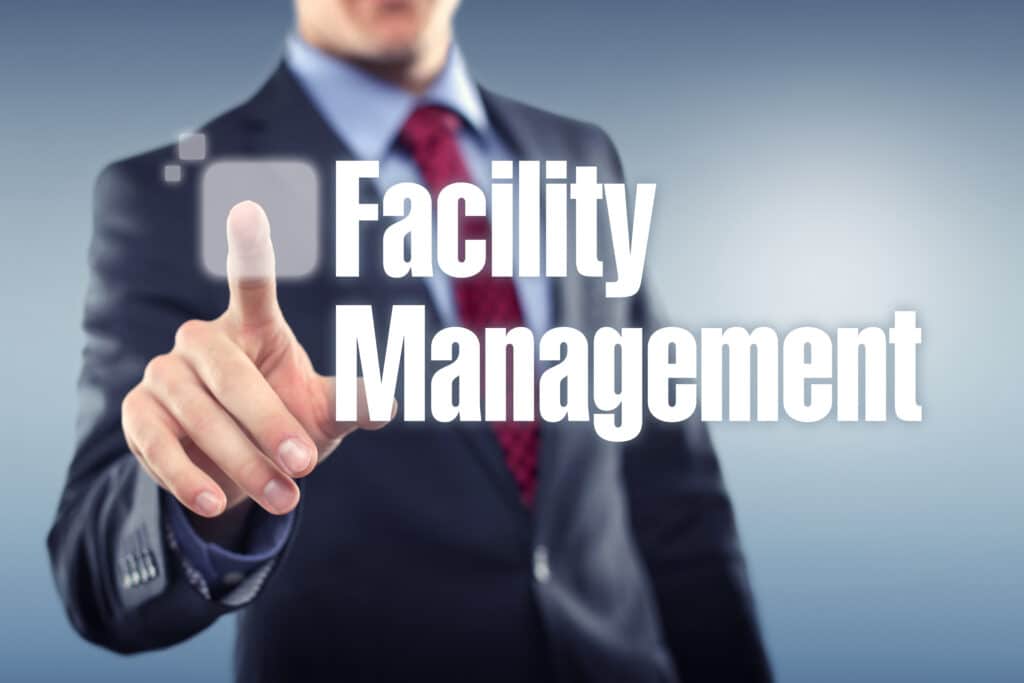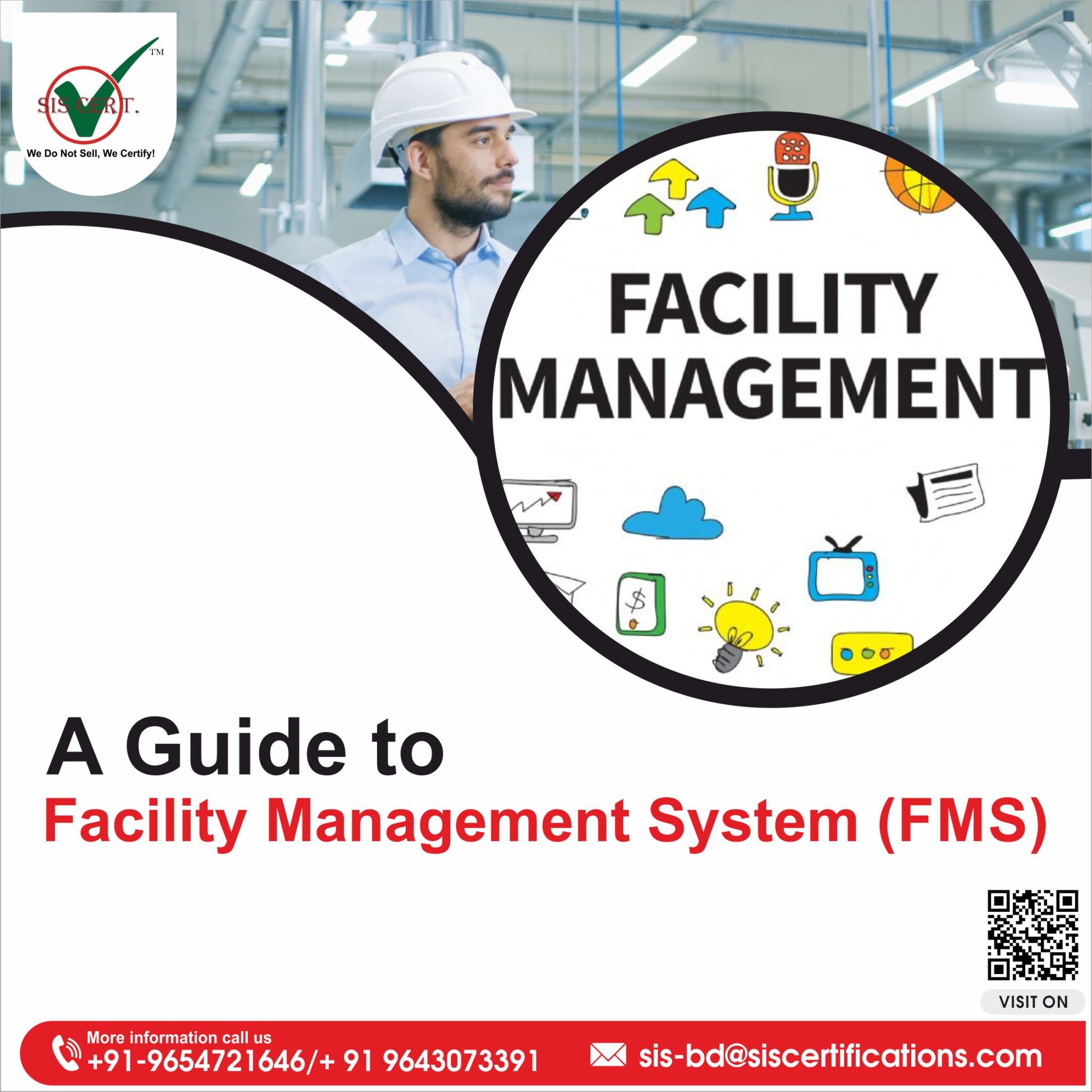How Total Facility Management Boosts Upkeep and Workflow
Total Facility Management (TFM) represents a transformative change in how organizations approach upkeep and operations. By leveraging data-driven strategies and integrated innovation, TFM not just anticipates and alleviates potential problems however additionally enhances resource allocation and boosts efficiency.
Boosted Maintenance Methods
Improved Upkeep Strategies are important for maximizing the efficiency and durability of facilitiess. These techniques incorporate an organized strategy to maintenance that emphasizes positive measures, anticipating analytics, and condition-based tracking. By implementing such methods, organizations can effectively minimize unplanned downtimes and lessen operational disruptions.
One vital component of improved maintenance is the use of data-driven decision-making devices. These devices enable facility supervisors to assess historic performance data, identify patterns, and forecast prospective failings prior to they happen. This anticipating maintenance method not just prolongs the life cycle of equipment but likewise improves security and compliance requirements.
Encouraging and educating maintenance workers are similarly vital in carrying out improved strategies (Total Facility Management). Trained staff can perform routine inspections and address minor problems before they escalate. Furthermore, adopting a thorough property management system facilitates monitoring of equipment standing, upkeep background, and organizing of preventive actions
Streamlined Operational Workflows
Maximizing functional process is vital for the overall performance of facility management. By implementing structured processes, organizations can lower redundancies, minimize hold-ups, and improve performance. A well-structured operational workflow permits facility managers to allot sources successfully, making sure that tasks are finished in a timely fashion.
One trick aspect of structured operations is the combination of innovation. Using facilitiess management software application can automate routine jobs such as job order management, inventory monitoring, and scheduling. This not just saves time but likewise offers real-time information, allowing educated decision-making - Total Facility Management. Additionally, clear communication networks among staff member foster cooperation and responsibility, even more boosting functional effectiveness.
Standardizing treatments is one more crucial component. Developing best methods assists make certain that all staff members are straightened in their approach, minimizing the probability of errors and enhancing solution distribution. Normal training and updates on process processes likewise play a vital role in maintaining uniformity and performance.
Ultimately, streamlined operational process contribute to a more responsive facility management system, enabling companies to concentrate on tactical initiatives as opposed to being stalled by management burdens. By prioritizing efficiency, facility supervisors can significantly boost the overall efficiency of their procedures.
Proactive Problem Resolution

Normal examinations and keeping track of systems play an essential duty in this process, enabling facility managers to collect data and expect potential failures. Additionally, promoting open interaction channels among employee encourages the very early coverage of issues, even more promoting prompt resolutions.
Carrying out a comprehensive facility management software program can simplify the tracking of maintenance activities and issue coverage, giving valuable insights into repeating issues and their source. This data-driven technique enables notified decision-making and prioritization of sources.
Ultimately, aggressive concern resolution try these out not just maintains the integrity of facility operations however likewise improves staff member fulfillment and safety. By buying methods that concentrate on prevention, organizations can produce an extra reliable and resistant functional environment, establishing a strong structure for future development and success.
Cost Efficiency and Source Management
Exactly how can companies accomplish an equilibrium in between expense performance and efficient resource management in facility operations? The assimilation of total facility management (TFM) supplies a calculated structure that boosts financial efficiency while enhancing resource allocation. By consolidating services, companies can streamline operations, lower redundancies, and leverage economic climates of scale.
Efficient resource management begins with a comprehensive assessment of existing possessions and functional procedures. Utilizing information analytics, organizations can recognize underutilized sources and address inefficiencies. This educated approach allows the implementation of targeted maintenance routines, thereby lengthening asset life and minimizing unexpected downtime.

Training and growth of facility management workers additionally boost expense efficiency by equipping them with the abilities required to handle sources go to my site judiciously. Inevitably, by taking on an all natural strategy to facility management, organizations can achieve considerable cost savings while guaranteeing that functional efficiency remains a leading concern.
Sustainability and Ecological Influence
The combination of total facility management (TFM) not only enhances cost performance however also plays an essential function in promoting sustainability and decreasing ecological influence. By taking on an alternative strategy to facility procedures, TFM assists in the execution of sustainable practices that decrease resource usage and waste generation.
Among the vital components of TFM is the optimization of energy use. This includes the adoption of energy-efficient modern technologies, routine maintenance of heating and cooling systems, and the utilization of wise building management systems. These measures not only lower energy expenses yet also dramatically lower greenhouse gas emissions.
Additionally, TFM advertises using sustainable materials in facility upkeep and improvement projects. By focusing on green items and practices, facilitiess can lower their total environmental footprint while cultivating healthier indoor atmospheres.

Verdict
In verdict, Total Facility Management considerably enhances upkeep and procedures with systematic approaches that stress predictive analytics and condition-based tracking. TFM promotes sustainable practices, eventually leading to improved facility management outcomes and a culture of continual improvement within companies.
Total Facility Management (TFM) represents a transformative change in how companies come close to upkeep and procedures. Using facilitiess management software application can automate routine tasks such as work order additional info management, stock tracking, and organizing.How can organizations achieve a balance in between expense performance and reliable resource management in facility operations? The combination of total facility management (TFM) supplies a critical framework that improves monetary performance while optimizing source allocation.In conclusion, Total Facility Management significantly improves maintenance and operations with methodical techniques that highlight anticipating analytics and condition-based surveillance.